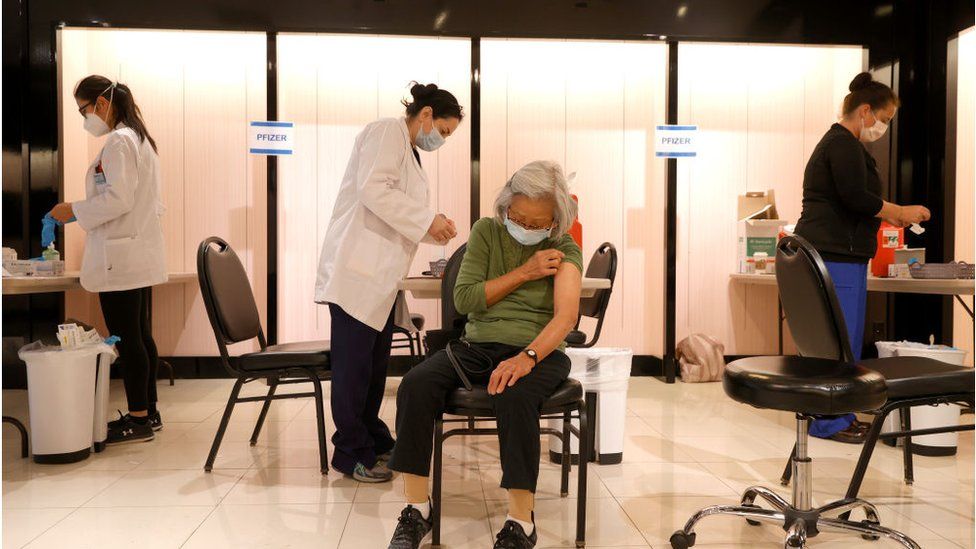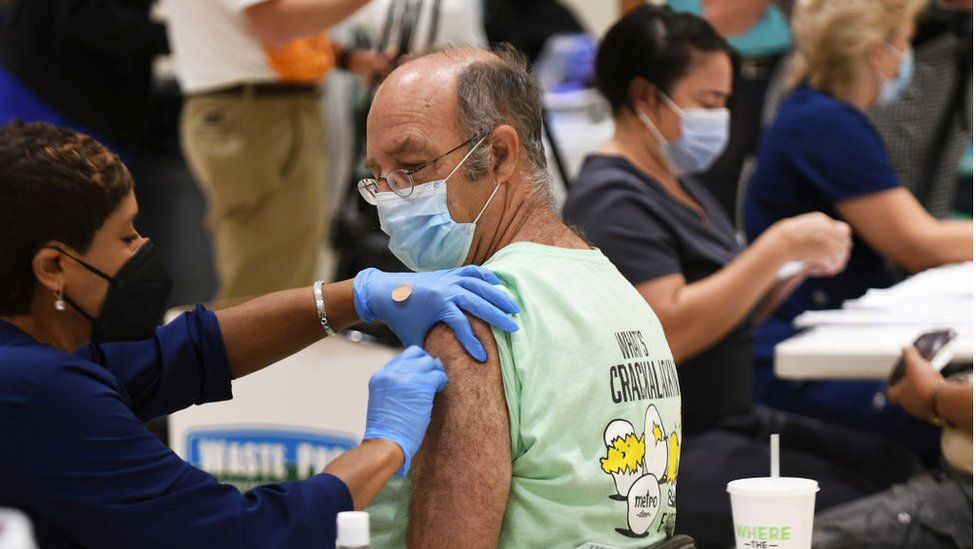“This short period of my life was probably one of my most defining life experiences thus far.”
This Anatomy of Action Challenge is a life changing educational opportunity that will definitely reduce my carbon footprint based on scientific evidence. To live sustainably we must use less of the earth’s natural resources, replenish what we can and produce less polluting waste:
- Dear women and girls, reusable sanitary pads reduce energy use. It means switching to reusable pads significantly reduces the energy usage necessary in making plastic which is very energy intensive. It can result in toxic residual chemicals making it an all-round terrible thing for the planet.
- Stop using plastic straws, even in restaurants.
- Use a reusable produce bag. A single plastic bag can take 1,000 years to degrade. Purchase or make your own reusable produce bag and be sure to wash them often!
- Give up gum. Gum is made of a synthetic rubber, aka plastic.
- Buy boxes instead of bottles. Often, products like laundry detergent come in cardboard which is more easily recycled than plastic.
- Purchase food, like cereal, pasta, and rice from bulk bins and fill a reusable bag or container. You save money and unnecessary packaging.
- Reuse containers for storing leftovers or shopping in bulk.
Many of the global challenges we face today are caused by the rate we consume. Pollution, the over-extraction of resources and biodiversity loss are directly linked to increasing production to meet consumption demands. How we consume corresponds to how we live our lives.Taking individual actions to consume less, choose quality over quantity, buy local and reframe how we spend our free time sends power messages to not only our friends and family but also to the decision makers in our communities.
Our everyday motto is: "Let food be thy medicine and medicine be thy food"
Hi, Good afternoon!
Hey, good afternoon. My name is Engracia.
Engracia how old are you?
I'm 15 years old.
Could you talk about your lifestyle and the environment where you live?
The situation in our environment is bad. People have been cutting trees constantly, there is a lot of garbage in the street and the burning of tires have been polluting the air.
What are some unsustainable actions in your view that man has been doing that harms the environment?
People urinate on the streets, some foods we eat are not so good, for example the excess of white rice causes anemia, inflames people's faces, eyes turn yellow, eating food without oil and food with a lot of oil also harms our health.
What do you consume that is good for your health?
I eat beans, vegetables and greens.
What kind of beverage do you drink?
I drink water.
Is the water you drink clean?
Some waters are clean and others are dirty.
What do you think we can do to change this situation?
We have to treat the water well. Because if we consume dirty water it will make us sick and we will end up in the hospital.
Humans impact the physical environment in many ways: overpopulation, pollution, burning fossil fuels, and deforestation. Changes like these have triggered climate change, soil erosion, poor air quality, and undrinkable water. These negative impacts can affect human behavior and can prompt mass migrations or battles over clean water.
This campaign inspires and guides youth action for both individual and systems change that enables sustainable lifestyles.















